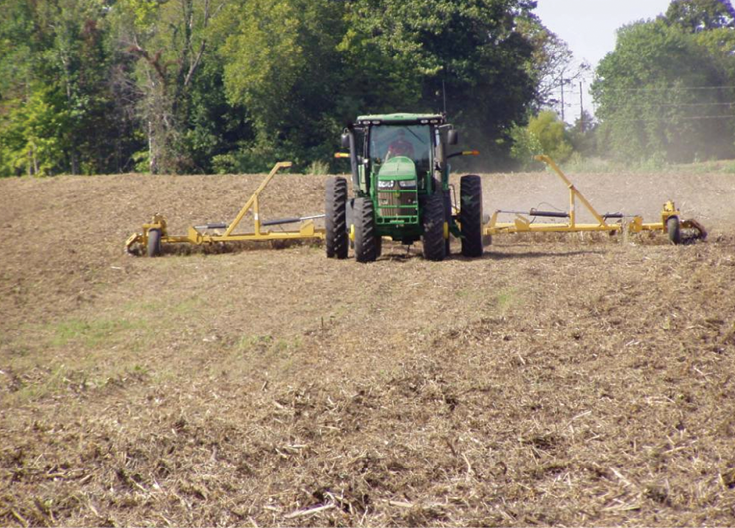No-Till Farmer
Get full access NOW to the most comprehensive, powerful and easy-to-use online resource for no-tillage practices. Just one good idea will pay for your subscription hundreds of times over.

Three years ago, Monroe City, Ind., no-tiller Mark Anson had a life-changing experience.
Tired of farming hard, compacted soils, the co-owner of Anson Family Farms was on the brink of retirement when he attended the Soils Quality Conference in Evansville, Ind.
Presentations from no-till and cover-crop authorities like David Brandt, Ray Archuleta and Hans Kok convinced Anson to change the way he was farming.
“Mother Nature has it correct, and farming operations must learn from her,” Anson told attendees earlier this year at the 2013 National No-Tillage Conference. “We must totally change our thinking, our beliefs and our addiction to tillage and diesel power.”
Part of that change was incorporating cover crops. Growing corn and soybeans on 22,000 acres, Anson’s farm crew started in the fall of 2010 by broadcast seeding 1,200 acres of cereal rye and wheat cleanings from 2009 with a BBI fertilizer buggy. That was followed with a Phillips rotary harrow, or what Anson refers to as a “garden weasel.” His focus was on ditch erosion in fields, plus a couple of complete fields that had a 3% to 10% slope.
They seeded 2,500 acres of cover crops in 2011, focusing on entire fields, or areas with higher-grade slopes. They tried different covers, using winter oats, cereal rye, oilseed radishes, crimson clover and winter peas.
Last year, the family farm set a goal of seeding 5,000 acres of covers using more mixes, along with some single-seed seeding.
Using three fertilizer retailers, they seeded just over…